Preserving forests to preserve livelihoods, preserving sources of life
Cao Bang has a total natural area of over 670,000 hectares, of which forests and forest land account for 78.6%. The primeval forests covering the limestone mountains are home to hundreds of rare species of animals and plants. There are 27 rare plant species listed in the Vietnam Red Book: Hoang Dan, Thong Pa Co, Pơ mu, Thong tre..., along with many endemic animals such as: Cao Vit black gibbon, giant loris, red-faced monkey, sun bear, flying squirrel, pangolin, musk deer...
In recent years, the province has focused on implementing the policy of forest protection and allocation to ethnic minorities and poor households in disadvantaged communes according to Decree 75/2015/ND-CP. Each assigned forest is a commitment to protect livelihoods. This approach has linked economic benefits with conservation responsibilities, helping to reduce deforestation and illegal logging. In the first 9 months of 2025, the whole province planted more than 176 hectares of new forests, of which production forests accounted for more than 115 hectares and protection forests 25 hectares. Households also proactively invested in planting production forests to increase income. Protecting forests means protecting water resources, protecting land, protecting livelihoods and also protecting one's own future. Biodiversity management is not only a responsibility, but also the foundation for the province's sustainable development in the coming decades.
Thanks to the right policies, the area of protected, protected and regenerated forests has increased steadily every year. People are more aware of the role of forests, no longer having the mindset of “eating from the forest” but instead switching to “living off the forest” through ecological economic models, non-timber forest products, and community tourism associated with conservation.
Economic development under forest canopy - the inevitable direction of ecological agriculture
Shifting from “forest exploitation” to “getting rich from the forest”, the province is implementing an economic development model based on biodiversity. In which, developing medicinal herbs and ecological agriculture under the forest canopy is identified as the main direction.
A series of scientific and technological topics and projects have been implemented: "Experimental planting of Morinda officinalis under the forest canopy in Nguyen Binh"; "Propagation of orchids by tissue culture"; "Building a model for planting and processing medicinal herbs of Polygonum multiflorum in Bao Lac"... These models not only create additional income for people but also help protect and restore forest land.

In fact, many localities such as Nguyen Binh, Bao Lac, Bao Lam… have formed large-scale cinnamon, star anise and medicinal herb growing areas, gradually forming a green product production - processing - consumption chain, associated with geographical indications and eco-tourism. This is the foundation for the “multi-value forest economy” model that the province is aiming for.
Relying on nature - the key to a green future
Recognizing the role of biodiversity in sustainable development, the 20th Provincial Party Congress (term 2025 - 2030) identified the protection and effective exploitation of forests as one of the three key programs. Accordingly, the province aims to develop ecological, organic, multi-value agriculture and forestry, linked to sustainable processing and consumption chains and building the brand "Green Cao Bang".
Solutions are integrated into the province's development planning in the direction of "relying on nature": forest restoration, sustainable water resource management, wetland protection, urban green space development, promoting water saving and environmentally friendly wastewater treatment.
The province has also expanded cooperation with international organizations, research institutes, and businesses to mobilize resources and transfer technology. Many ODA and public-private partnership (PPP) programs have been promoted, aiming at ecosystem restoration and developing forest environmental services, including carbon markets and biodiversity conservation - areas considered to be the new economic potential of the mountainous province.
At the same time, propaganda and public awareness raising activities have been stepped up. Many localities have organized training courses for people on nature conservation, green livelihoods, “eco-village” and “plastic waste-free village” models. People have gradually understood that development in harmony with nature is the most sustainable and safest path.
Towards 2030, the province aims to develop organic and ecological agriculture and forestry, associated with rural labor migration and new rural construction specific to the highlands. The province is building a specific roadmap, integrating socio-economic development programs with nature conservation solutions. Perfecting policy mechanisms, creating conservation funds, attracting private investment, gradually forming a green economic model - a circular economy, focusing on biodiversity protection.
Source: https://baocaobang.vn/quan-ly-da-dang-sinh-hoc-nen-tang-cho-phat-trien-ben-vung-3182064.html








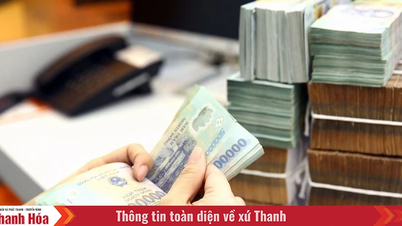







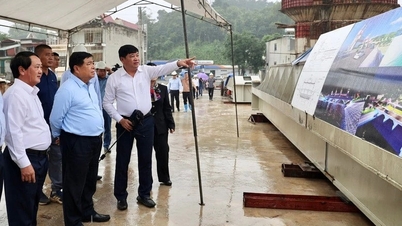








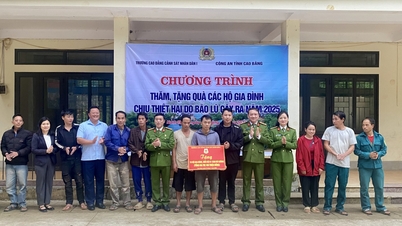














































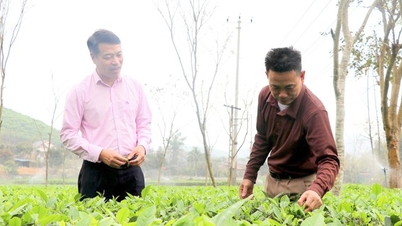

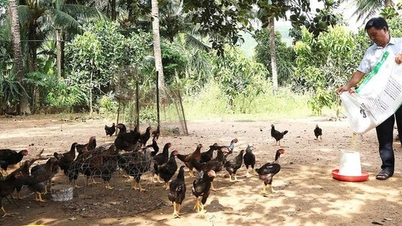
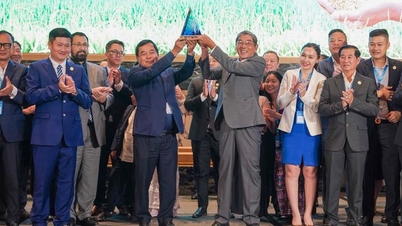


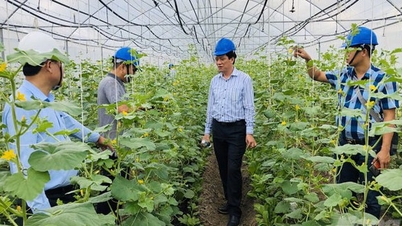
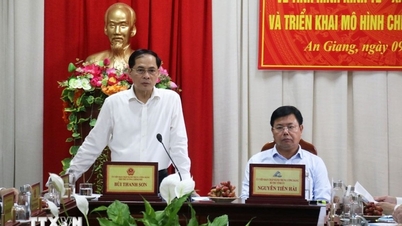

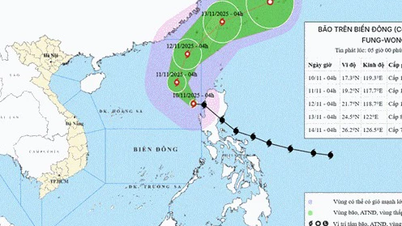

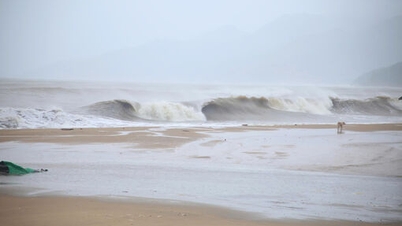




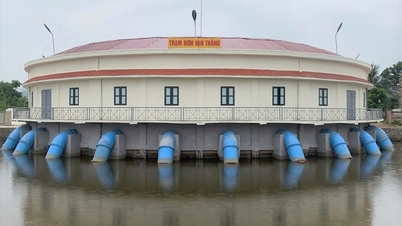
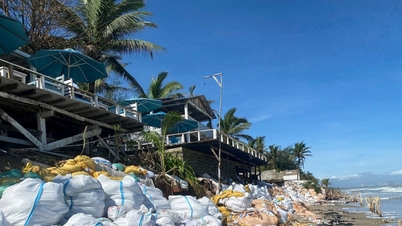














Comment (0)